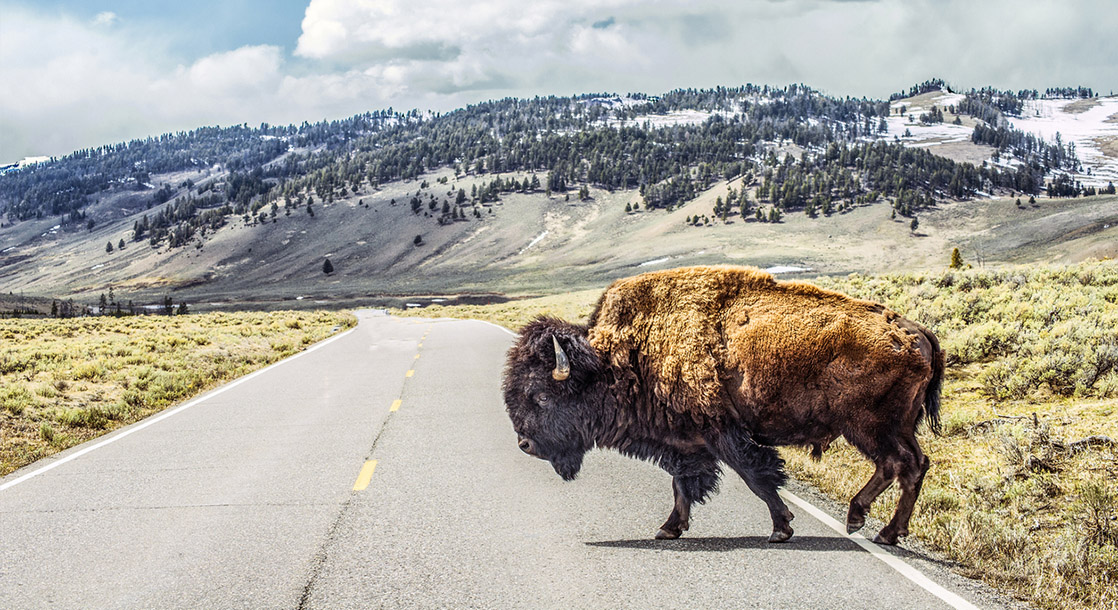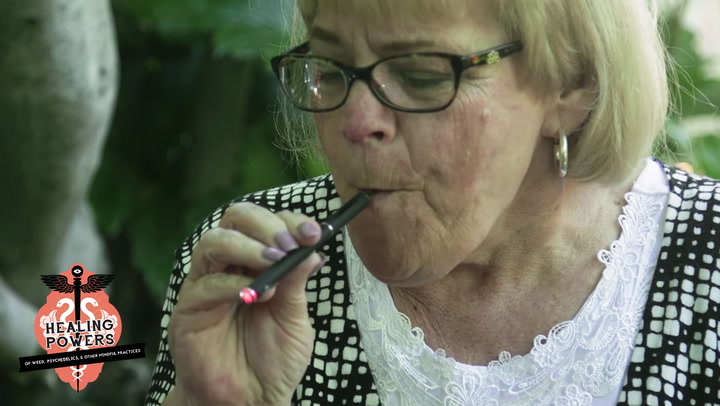Cover image via
Montana lawmakers gave the go-ahead to five new rules affecting the state’s upcoming launch of its recreational cannabis industry. The tweaks to previously-approved regulations, made in collaboration with the Department of Revenue’s Cannabis Control Division, range from the ban of the word “cannabis” on product packages to a major expansion of the cannabis facilities permitted on Native lands.
First up, the barring of the word “cannabis” from packaging. The controversy peaked years ago, but some in the weed industry find the word “cannabis” to be a more respectful term for the drug. (It’s complicated, but their reasoning largely revolves around the first US drug czar Harry Anslinger’s pre-prohibition adoption of the Mexican “marihuana” to lend an air of race panic to the plant.)
The Montana legislators aren’t getting into issues of racism and history with the ban, though. They determined that kids are unlikely to understand what the word “cannabis” means, and might accidentally ingest cannabis products in their confusion. Hopefully, this spurs policymakers to consider expanding drug education in Montana schools!
Secondly, the changes allow tribal governments to apply for expanded cannabis cultivation licenses — a shift that many advocates see as key, given that the original language of House Bill 701 originally restricted tribes to being able to apply only for Tier 1 licenses, the smallest of the categories that gave permission for 1,000 square-feet of indoor cultivation space. With the recently-approved changes, tribes are now elegible for combined-use licenses that guarantee the same growing floor as other cannabis businesses — up to the 50,000 square-feet of cultivation space possible for businesses that receive the state’s Tier 12 license. That’s nearly the same size as a football field, which is 57,600 square-feet.
Other alterations include language that placing restrictions on pre-existing outdoor cultivations (HB 701 doesn’t allow new outdoor grows), and scraps plans for a new cannabis testing facilities moratorium, due to industry fears that the current number of medical-only labs in the state won’t be sufficient for the new recreational industry.
The changes were a last-minute affair, coming just a few weeks before the state is due to start allowing recreational cannabis sales on Jan. 1. They were momentarily stalled earlier this month when the economic affairs interim committee found that the changes were deviating too far from HB 701’s initial intent.
But on Monday, the committee voted unanimously to advance the changes.
“We got a lot of work done in a very short time frame because we understand how important these rules are to the industry,” said state senator Shane Morigeau, one of the legislative leads on working through the changes to the original legislation. “I appreciate that we took a little time here to do our best to improve the rules.”
Montana state legislators are in session for only 90 days, every two years.
In fact, this isn’t the first round of changes to the law, which was originally approved by state legislators in May. In November, the Department of Revenue made two key alterations, lifting a ban that would have kept dispensaries from selling CBD products and striking down a rule that would have kept anyone with minor criminal convictions — hello, selling weed? — from participating in the legal cannabis industry.
Follow Caitlin on Instagram











